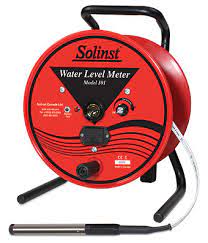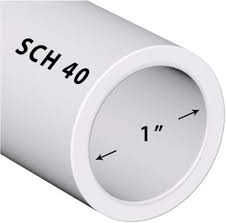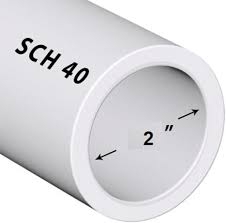We install 1-inch wells for many geotechnical investigations if they are to be used solely for water level monitoring. However, we are most often requested to install 2-inch wells, particularly when undertaking environmental investigations. This makes sense, as 2-inch is the conventional size for groundwater monitoring and sampling by most drillers in this area, and most sampling equipment is suitable for this size.
Are there instances when a 1-inch well is more suitable?
Yes, there are cases where it makes more sense.
Kodiak specializes in limited access drilling. These access limitations often dictate a smaller, less powerful drilling machine than those mounted on trucks or large track-mounted carriers. Essentially, by using smaller diameter tooling, greater depths can be reached by smaller drills. When using this, it may be necessary to use a 1-inch well instead of the more conventional 2-inch. The tooling may be a conventional or oversize spoon hole (2-3 inches), a direct push hole created through probe drilling (DT22 – 2.2 inches, Dt32 – 3.2inches) or perhaps a 2-inch auger used to get beyond the penetration depth of a standard 4-inch auger, among others in our tool-box full of methods with small tooling.



Is using a 1-inch well much of a disadvantage to a site assessor?
It depends…
Standard water level and interface meter probes will also fit into a 1-inch well. Small diameter bailers are available, waterra tubing with small diameter foot valves will fit and peristaltic pumps and low flow sampling equipment is also suitable.
Given the smaller volume of the water in the well, can you still get suitable samples?
It depends…
For common target parameters like VOCs and PHCs, the sample volumes required by labs are very low. If you are testing other parameters, such as metals through a filter, or if you are doing a long list of inorganic and organic parameters from the same well, the larger volume of water may be advantageous. Additionally, a larger well is likely needed if it is to be used for slug tests, pump tests, or for an insitu remediation system.
In many cases, the 1-inch well is the only feasible way of installing a well at the limited access location. This may need to be determined ahead of time based on what drill should be used. Although, sometimes this becomes a drilling day decision based on the geology at your borehole which dictates the tooling method.
When the decision comes down to using a 1-inch well or not being able to install a well at all, you may want to choose the 1-inch well option.
